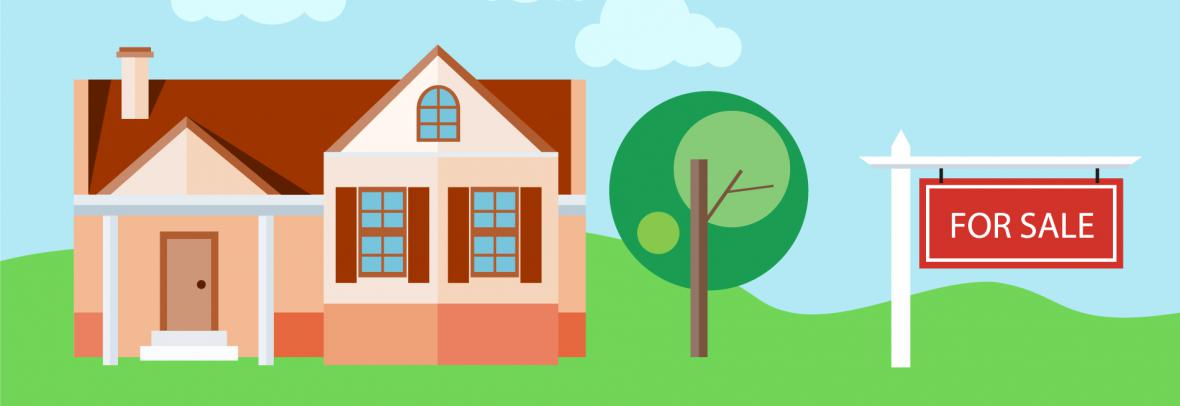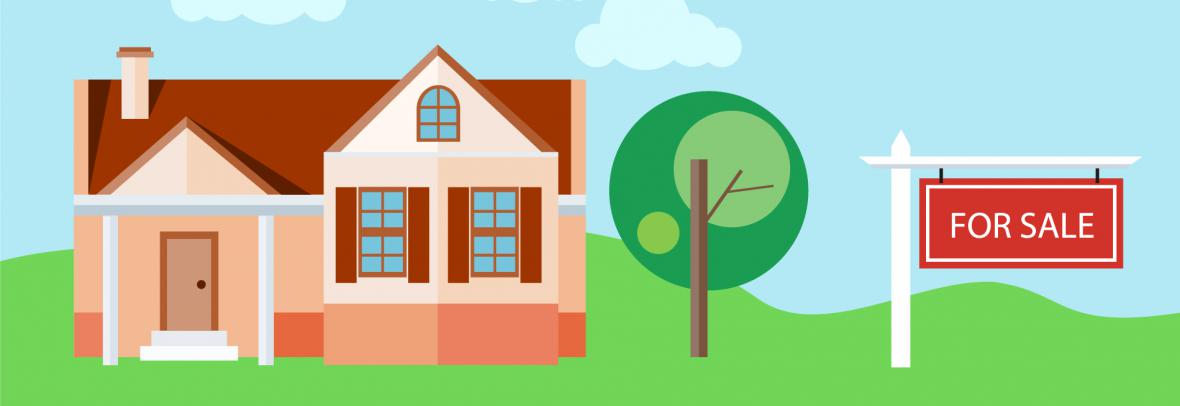
The 2020 real estate market wasn’t ideal for home flippers who buy homes, fix them up and resell. ATTOM’s 2020 report found that fewer home flips were funded by fewer mortgages. And while gross profits went higher, profit margins dipped for the third straight year.
IRVINE, Calif. – ATTOM Data Solutions’ 2020 U.S. Home Flipping Report found 241,630 single family homes and condos flipped in the United States last year. That’s down 13.1% from 2019 and the lowest point since 2016.
The number represented 5.9% of all home sales in the nation, down from 6.3% in 2019 and the same percentage seen in 2018. It’s the first time since 2014 that both measures decreased annually.
Gross profits from flipping, however, increased – but profit margins did not. It’s the third straight year that returns on investments (ROI) declined.
Homes flipped in 2020 typically generated a gross profit of $66,300 – the difference between the median sales price and the median amount originally paid by investors – up 6.6% from $62,188 in 2019 and the highest point since at least 2005.
But the typical gross flipping profit translated into just a 40.5% ROI compared to the original acquisition price. The latest ROI (before accounting for mortgage interest, property taxes, renovation expenses and other holding costs) was down from 41.5% in 2019, 46.4% in 2018 and more than 10 percentage points lower than decade peaks in 2016 and 2017.
In Florida, Jacksonville stood out in two categories in ATTOM’s report. It made the top five list of “biggest annual flipping-rate increases” with an increase of 3.6%. However, it also made the list for “biggest decreases in profit margins” in the top spot, with ROI at 39.4% in 2020, down from 52.2% in 2019.
“Last year was a banner year for the U.S. housing market, with the apparent exception of the home-flipping business, which saw its fortunes slide a bit more in 2020,” says Todd Teta, chief product officer at ATTOM Data Solutions. “Home flippers did still make a nice profit on investments that generally take around six months to turn around – just not as much as they did in the previous few years. It’s too early to know if that small slide was a sign of weakness in the broader housing market or just a bump in the road. We will know much more as we gauge other key market metrics in the coming months.”
Flipping also involved fewer mortgages in 2020. The percentage of flipped homes purchased with financing dipped in 2020 to 41.7%, down from 42.3% in 2019 and 41.8% two years ago.
Meanwhile, 58.3% of homes flipped in 2020 were bought with all-cash, up from 57.7% in 2019 and from 58.2% in 2018.
ATTOM’s report also included data on just the fourth quarter of 2020:
- The 51,993 home flips in the 4Q 2020 were completed by 43,929 investors, a ratio of 1.18 flips per investor.
- The share of homes flipped purchased by investors with financing represented 42.7% of all homes flipped in the quarter, up from 42.3% in the previous quarter and 41.2% one year earlier
- The median gross-flipping profit on home flips in the fourth quarter of 2020 was $70,500, which represented a typical 40.3% return on investment, down from 44.3% in the previous quarter and from 40.5% one year earlier
- 2020 4Q home flips took an average of 176 days, up from 169 days in the fourth quarter of 2019
© 2021 Florida Realtors®
Go to Source
Author: kerrys



